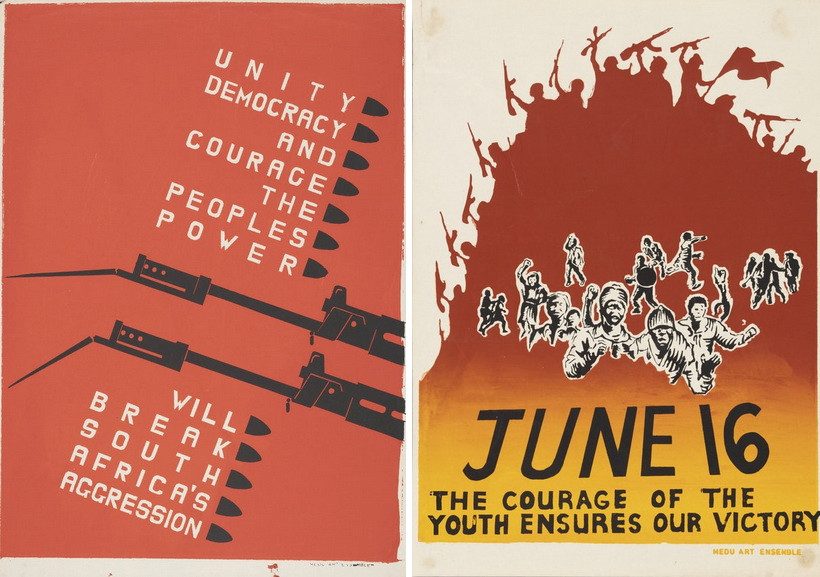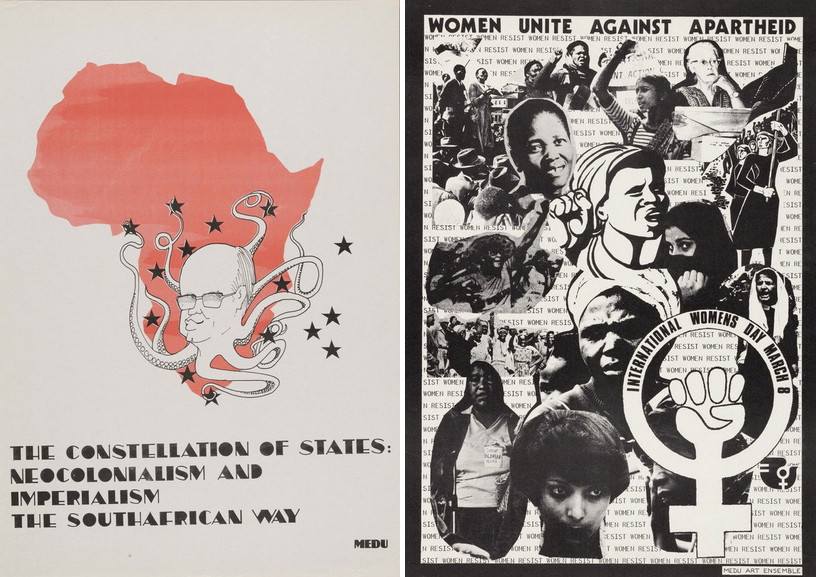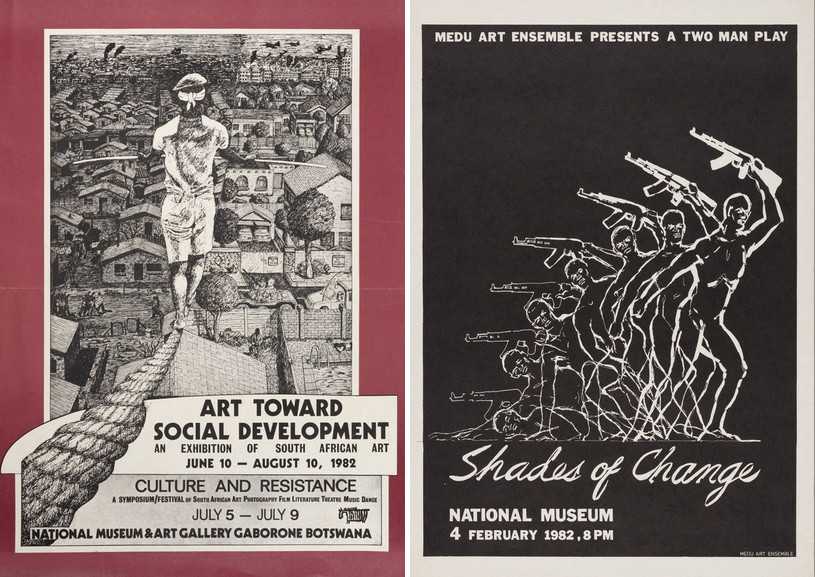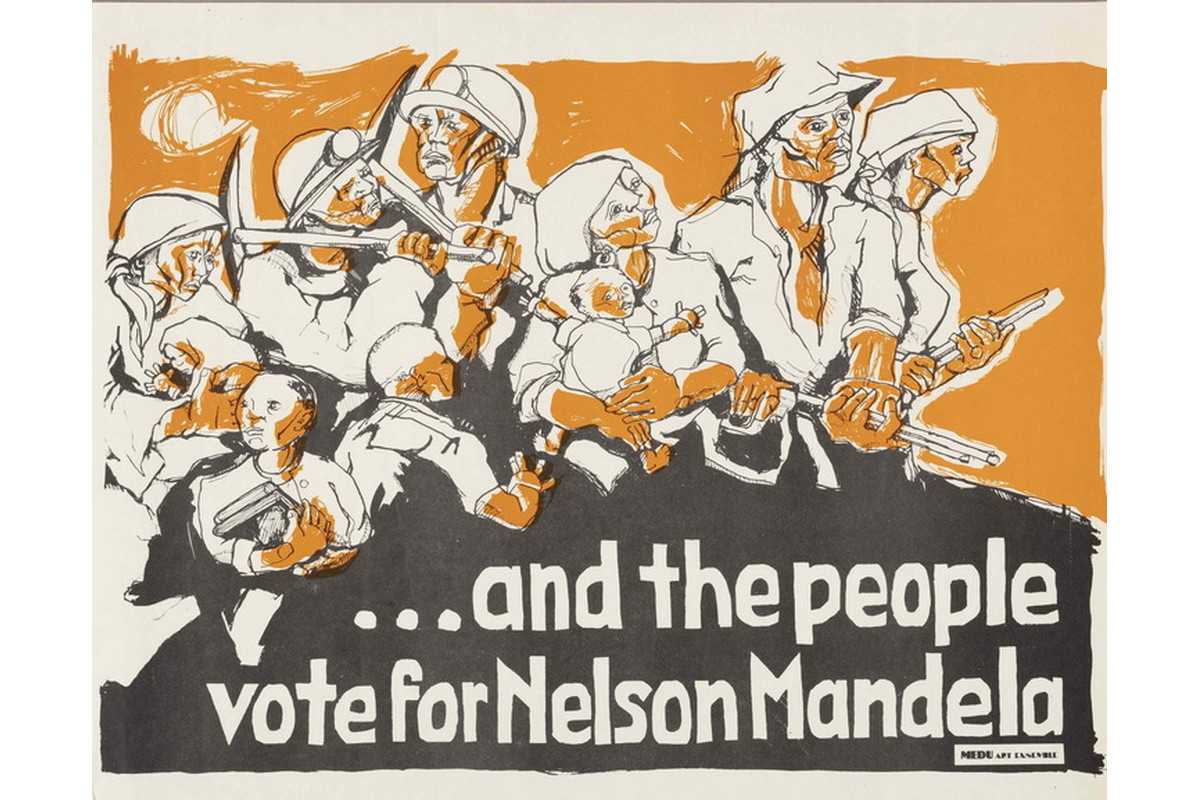[ad_1]
Various forms of racial intolerance were a direct effect of several-centuries-long colonization performed by some of the leading European monarchies. Although circumstances started changing during the 20th century, the African continent was still observed through the colonial lens, while the most gruesome example of institutionalized racial segregation on global scale happened in South Africa starting from 1948 and is known as Apartheid.
This authoritarian discourse was based on the concept of white supremacy, which defined practically every aspect of human interaction. From the Prohibition of Mixed Marriages in 1949, to The Population Registration Act in 1950 (which defined the racial groups and their social status) and other legislative measures, the state gave its best to maintain this matrix finding it perfectly fitting. The horrifying politics caused continues migrations, social tension, and victims, and although it ended in the 1990s, the effects of Apartheid are still apparent today.
The times were tough, but during the seventh decade of the 20th century, an artistic collective called The Medu Art Ensemble became active ,and their socially- and politically-charged craving for the social betterment went viral through their poster art. For a very long time their acts were not widely known, but in recent times there is an increasing interest in it. The exhibition titled The People Shall Govern! Medu Art Ensemble and the Anti-Apartheid Poster will present The Medu Art Ensemble’s revolutionary images aimed to advocate for social justice and pan-African solidarity.

The Foundation of The Collective
Namely, The Medu Art Ensemble was formed in the late 1970s as a reaction to South Africa’s apartheid policy. The artists gathered around the collective called themselves cultural workers; their production was mostly focused on graphic design and poster production, an accessible medium easily installed in public space, but there were also units specialized in music, theatre, photography, and writing. They expressed the urge for a radical transformation, the decolonization or majority (nonwhite) rule in South Africa and the neighboring countries of Mozambique, Namibia, Angola, and Zimbabwe.
The word Medu, meaning roots, was borrowed from the Sepedi language, and it perfectly described the underground activity of the collective; they were even persecuted by the South African Defense Force, so the proponents of Medu were forced to live and work in exile just across the South African border in Gaborone, Botswana. The number of artists active within the Ensemble varied from fifteen to fifty members differing in professions. The Medu posters were smuggled into South Africa and quickly mounted in public spaces, and were usually confiscated or torn down on sight.

The Rarely Seen Works
The installment in Chicago will encompass around one hundred and thirty objects with more than sixty posters made by particular members. These bold graphic works were often collaboratively executed and based on sobering imagery with bold slogans; the tendency was to empower and mobilize citizens to support urgent social and economic changes.
Additional items gathered for this occasion are loaned from former Medu members and several archival sources in South Africa and Chicago.

The Medu Art Ensemble at The Art Institute of Chicago
This survey will underline how this fierce artist collective enforced changes by spreading awareness and building the culture of resistance in southern Africa during the late 20th century. Furthermore, it is important to state that the exhibition is not only important historically; rather it asks the question of how contemporary societies deal with rising racism today, embraced by the right-wing politicians on a global scale.
The People Shall Govern! Medu Art Ensemble and the Anti-Apartheid Poster will be on display at The Art Institute of Chicago until 2 September 2019.
Featured image: Medu Art Ensemble (Judy A. Seidman) – …and the people vote for Nelson Mendela, 1981. Gift of Artworkers Retirement Society. © Medu Art Ensemble. All images courtesy The Art Institute of Chicago.
[ad_2]
Source link

